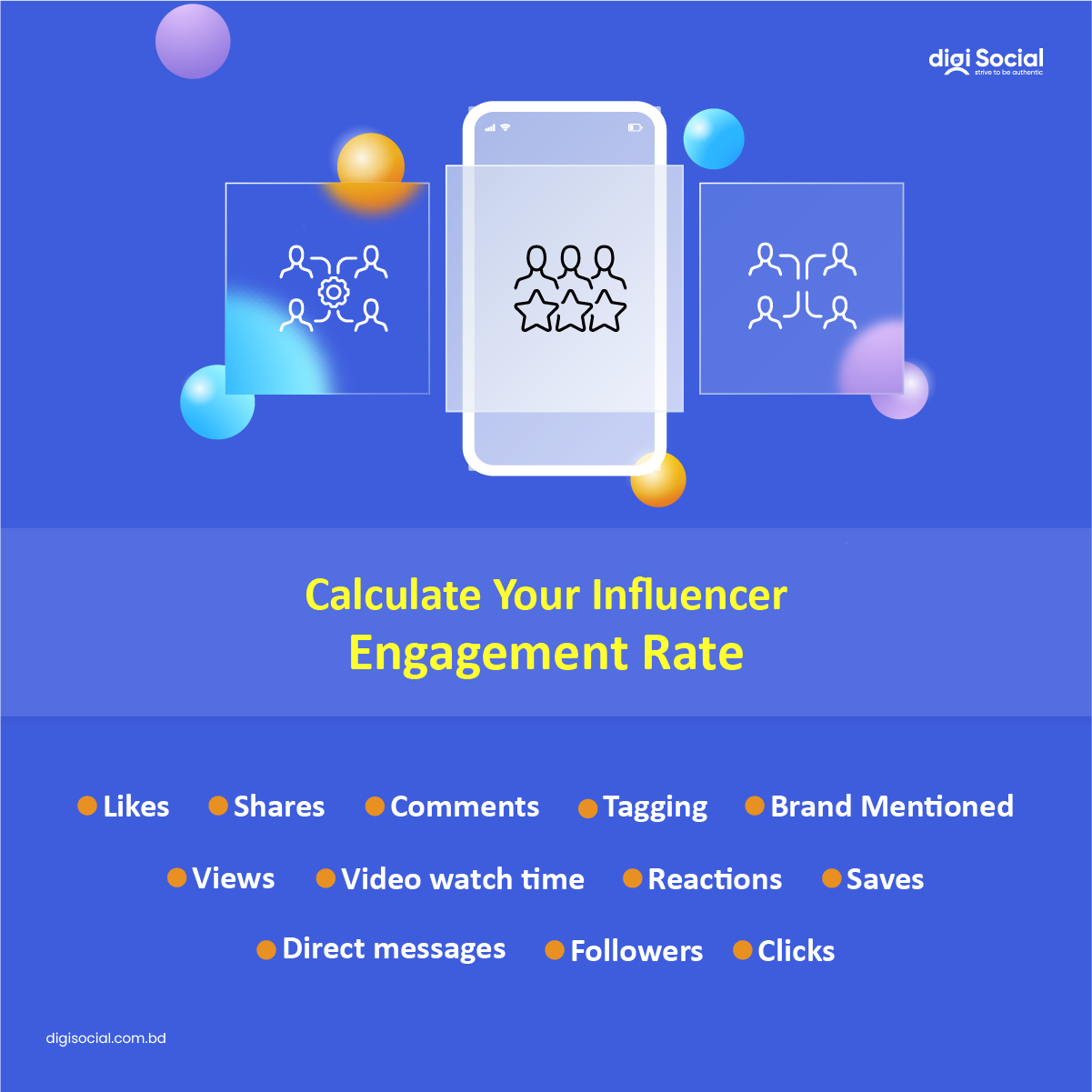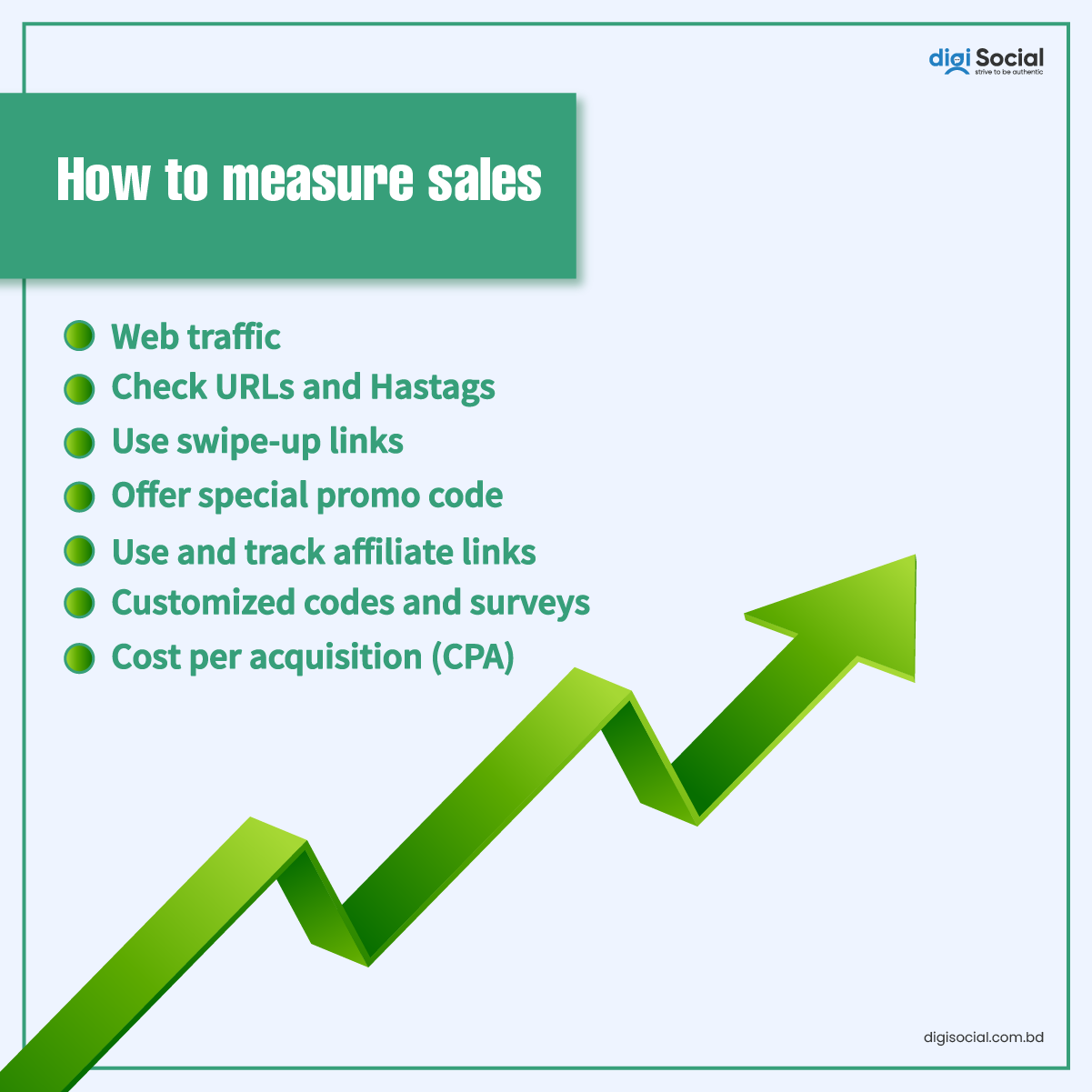In today’s branding landscape, influencer marketing has become incredibly powerful. A successful campaign relies on influencers who connect with the target audience and achieve the brand’s goals.
However, merely counting likes, comments, and shares won’t give us the full picture. To truly measure effectiveness, we need to consider other important factors.
Don’t worry, I’ve got you covered!
Here are three simple ways to gauge the impact of an influencer marketing campaign. Get ready to unravel the secrets!
What’s the reason for measuring the impact of an influencer marketing campaign?
First, ask yourself why you plan for an influencer marketing campaign. Definitely, you have a plan, goal, and objective. So while you run the campaign, it is necessary to measure the success of your campaign.
If you don’t fix your plan properly it is difficult to measure the impact of the campaign. Marketers do influencer marketing campaigns for long-term benefit.
Learn more about key benefits of influencer marketing.
So, before launching the campaign, you should have knowledge of how to count the progress of your influencer marketing campaign. And for this, you have to be suited to evaluating the return on investment.
Which metrics should you measure to get the advancement of influencer campaigns?
The purpose of influencer marketing is to make social networks with clients. But there are mainly three ways marketers target influencer marketing such as page engagement rate, sales, and buying interaction. Isn’t it?
And the question is which metric should you measure? It’s your option. Set your KPI (key performance indicators) and just work on it to run the whole campaign.
Suppose, your goal is to increase web traffic. So fix your deadline that within 2-3 months you want 35% traffic on your website page. As you set your KPI, so you have to track the progress that your website traffic which has increased or is the same as before.
How to manage influencers and influencer marketing campaigns?
To run an influencer marketing campaign, 20% achievement involved selecting expert influencers. People have the misconception that having many followers can increase sales and engagement rates. Unfortunately, that never works. Many followers don’t mean the influencers have the right audience for your business. Or they may have some fake followers to increase their popularity. So, judge their engagement rates, their relationship with customers, and their skills of content making.
Firstly, for launching your campaign you have to know the rules of influencer marketing. Then make your plans and list of influencers for working with them. Find out which social media platform is more suitable for your campaign. And finally, while running the campaign measure the result of the campaign.
You can contact digiSocial to get more fasciitis for your successful campaign. They have skilled and professional teams to launch an influencer marketing campaign successfully. Even they have strong connections with renowned influencers. They will guide you and manage your social media platforms to bring long-term profit to your business.
3 methods to measure and evaluate the success of influencer campaigns
All the measurements consist of your goal and purpose. Mainly marketers have three goals when they start influencer marketing campaigns. Based on three goals, here I will explain how to measure everything that includes three goals.
Method #1: How to calculate your influencer engagement rate

To increase engagement rate marketers collaborate with influencers by creating content based on stories. There are many metrics that need to calculate for engagement rate such as:
- Likes
- Shares
- Comments
- Tagging
- Brand Mentioned
- Views
- Video watch time
- Reactions
- Saves
- Direct messages
- Followers (followers gained> followers anticipated = success)
- Clicks ( actual clicks > estimated clicks = success)
These are the basic metrics to measure the engagement rate of your campaign.
What is a good engagement rate?
Now, if you get less than a 1% rate that is considered a low engagement rate. When you get between 1%- 3.5% rate than your engagement rate is good or average. To get a high engagement rate you have to acquire between a 3.5%- 6% rate. And a very high engagement rate is counted as above 6%.
How do you analyze data?
To count the social media engagement rate, you have to divide the number of public interactions by the number of accounts, and then multiplied by 100. The formula is-
Interactions / Account Followers X 100 = Engagement Rate
And for the average engagement rate per post, the formula is-
Total Engagement / Follower Counts/ Number of Posts X 100
Calculating the engagement rate helps to ensure your ROI for your influencer marketing campaign.
Method #2: How to measure sales

If your goal is to increase your sales, then you need to work for website traffic, URLs, and hashtags, use swipe-up links, offer special promo codes, use and track affiliate links, customized codes, and surveys.
Web traffic
You want to increase your website traffic for this you have to calculate how many right audiences visit your website. For tracking and measuring you can use a tool which as Google Analytics. It helps you to know where your visitors arrived, and how much time they stayed on your website.
Check URLs and Hastags
You can check your URLs to know who enters your website. In this case, you can use Linktree to know. Well, currently the usages of hashtags are used most and it really works to reach the target audience. While you use hashtags you should know how many users use the same keywords.
Use swipe-up links
As you are working with influencers, you need to check that they are using swipe-up links on their posts or stories. You can attach a UTM code with your URL so that you can know which campaign brings more traffic to your website. Use the Google Analytics Campaign URL for avoiding major faults.
Offer special promo code
This strategy is very common for increasing sales. If the customers use a code offered by the social media influencer, then they will get a discount on that product or service.
Use and track affiliate links
Using affiliate links lets you know how many clicks you get on your product. You will also receive data on what types of products are selling favorably or not.
Customized codes and surveys
You can give an offer to the influencers to use their own code. Based on the code you can find out which customers are using codes and who are not.
Cost per acquisition (CPA)
By using CPA you can increase your sales. In this situation, you have to pay the influencers based on the rating of the CPA. If the influencers bring more sales then they get more paid.
Method #3: How to evaluate your buying interaction or brand awareness
Your intention is to create an impression of your brand. How do you evaluate it? You need to ensure on social media platforms how many people can see your content. And while you can know about impressions that means you can create your brand awareness perfectly.
You can measure your interaction by using this law:
CPM= Total amount sent / Total impressions measures X 1000
Here CPM means cost per mile and you can get the idea that how much interaction are charging you.
Observe these three metrics after three months
Be patient! Because influencer marketing takes time to get the right audience. You can see the results but you need to wait. To run any campaign you should observe for at least three months. Within three months you can measure your return on investment properly.
How to calculate campaign ROI
You know how much you invest in your influencer marketing campaign. So, it’s very simple to calculate. Suppose, you invest 5000 TK for your campaign, and then you get a profit of 10,000 TK. That means you are overlooking 200% of ROI.
The formula is: (Revenue / Cost) X 100
Before starting your campaign, discuss your KPLs with influencers so that they can fill up your objectives. And one more thing, if you notice your influencer charges more than your ROI then you should stop working with these influencers.
